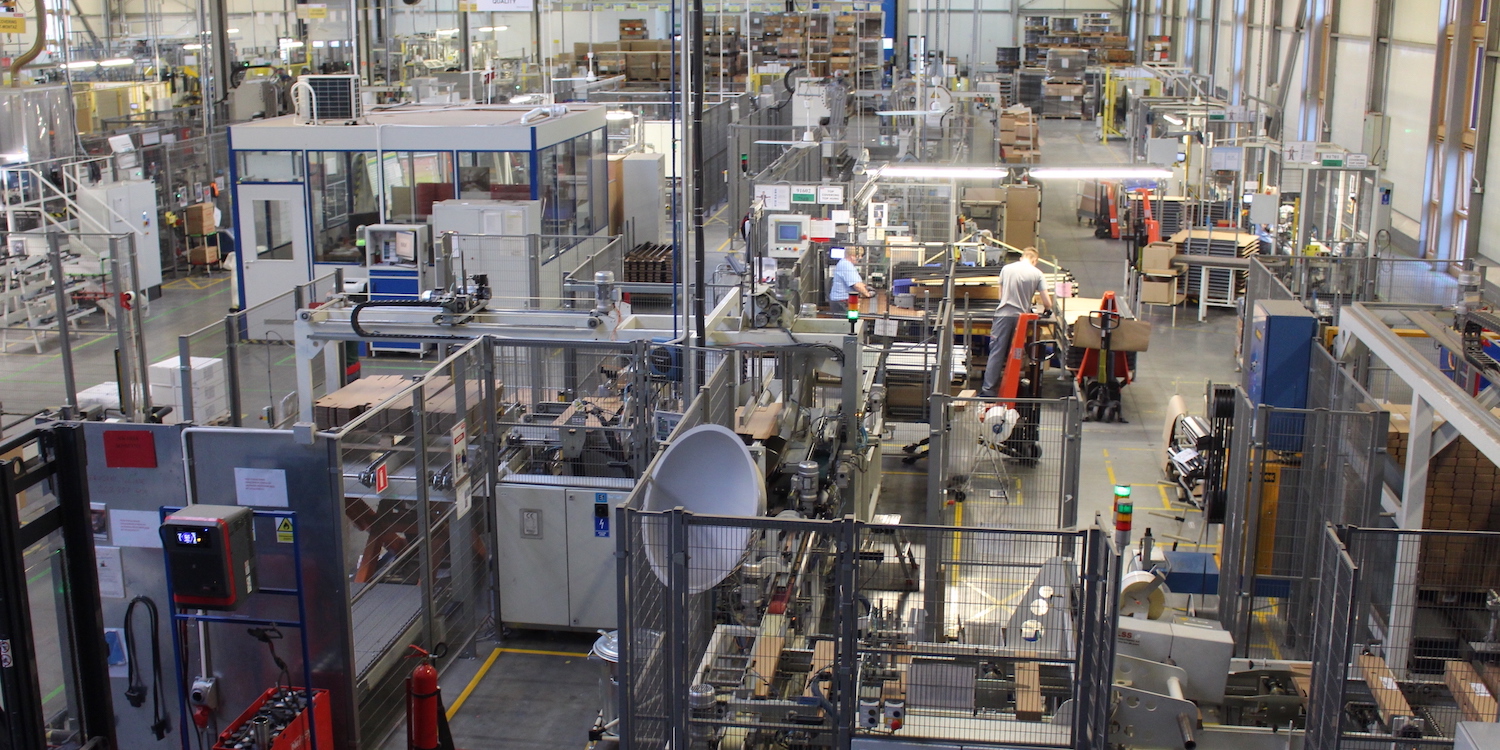
Surviving an inflection point
FEATURE – The car industry is undergoing incredible change and ‘disruption’ is the word on everyone’s lips. How can companies survive it? Once again, Toyota shows us the way.
Words: Jim Morgan, Senior Advisor for lean product development, Lean Enterprise Institute
There is little doubt that the auto industry is in the midst of historic change. In fact, you might say it is undergoing what Andy Grove referred to as an “inflection point” in his insightful book Only the Paranoid Survive. Electrification, vehicle autonomy, on-demand transport, government intervention and an ever growing field of “start-up” competitors have the potential to disrupt the industry in a way not seen since the introduction of Henry’s moving assembly line and it’s anybody’s guess what the competitive landscape will look like even 10 years from now.
My crystal ball is admittedly a bit cloudy at the moment. However, I have had a similar experience, albeit on a more limited scale, while I was working at Ford during the great recession. Alan Mulally’s working together management system enabled Ford to focus the enterprise and successfully navigate that difficult and extremely uncertain period.
This experience was in the back of my mind in a recent discussion I had with my friend Paulo Couto, SVP of Engineering and Technology at TechnipFMC about the amazing talk that Akio Toyoda gave at Toyota’s May 2018 Earnings Conference. In the conference, Toyoda-san said that the industry was “hurtling into an era of profound transformation, the likes of which come only once every 100 years. Technology companies, our new rivals, with speed many times greater than our own and backed by abundant funding are continuing to aggressively invest in new technologies.” He also said that he did not have all the answers. “A life or death battle has begun in a world of unknowns.” He went on to say Toyota must “expand its investment in new technologies and new fields” in order to compete. Essentially saying that since we don’t have all the answers we must experiment to learn. But these experiments in new technologies will not be cheap.
Some of Toyota’s competitors facing the same challenges have chosen to shutter plants, lay people off, exit market segments and reduce new product introductions. But Toyoda seems to have a very different idea: “The Toyota Production System or TPS, and our approach to cost reduction are Toyota’s true values. In all workplaces, there is a call to action.” In product development “TNGA has now entered its second round. While maintaining the better designs and enhanced performance achieved in the first round, we are now focusing on activities to lower costs. They (TNGA and TPS) are what gives us a competitive edge because the true character of Toyota is endless continuous improvement.” In other words, instead of shedding people, Toyota will leverage their people’s capabilities to innovate, problem solve and eliminate waste to generate the capital required to move the organization forward.
So, when my friend Paulo recently visited Toyota Kyushu Assembly plant he saw it as a chance to test Toyota’s management system and vaunted strategy deployment capability. He wanted to see what the manufacturing folks knew about this strategy, how they felt about it, and most importantly how they were executing it. Not only did everyone he spoke to talk enthusiastically about the strategy, but they were eager to show him the detailed plan for how their area, or how they personally, were contributing to the plan. For example, how the stamping area would use TPS and problem-solving capability to launch three new vehicles without adding any people or increasing cap ex. Or how the assembly line would reduce takt time and reduce the line by 30 meters to accommodate the new models with the same constraints. And this is all on top of their annual improvement targets. Paulo was completely blown away by the level of transparency, alignment and “find a way” attitude from the Chairman to every corner of the enterprise.
I realize my sample size is limited. In fact, N=1. However, the ability to connect strategy with execution through an effective management system has long been a hallmark of Toyota. And Toyota’s long practiced learning intensive approach to challenges and their unparalleled ability to focus the enterprise on a common set of objectives is why they will be not only be one of the companies still standing, they are likely to emerge even stronger on the other side of the disruption. Not because of any specific initiative or technology developed in response to the current environmental challenge, but because of a set of core values and a management system that links strategy to execution that has been continuously improved over many years.
Every industry, and in turn every organization, will ultimately face their own inflection point. How will your team handle it? My advice is don’t wait until it happens to answer that question.
THE AUTHOR

Read more


FEATURE – We are used to approaching strategic thinking as if our organization was in a position of stability and dominance. What if we started to look at it as creating better deals with all parties involved?


INTERVIEW – Planet Lean speaks with David Mann about the importance of combining the lean production and the lean management systems – the tools and the culture – to create sustainable results.


OPINION – Look at today's disruptive companies and you'll see how all of them have understood that real innovation calls for close proximity to the customer, rather than for stubbornly taking cover in the comfort of the upstream.


FEATURE – Successfully engaging people and building a solid daily management system is allowing a Velux factory in Poland to fulfill its strategic goals.

